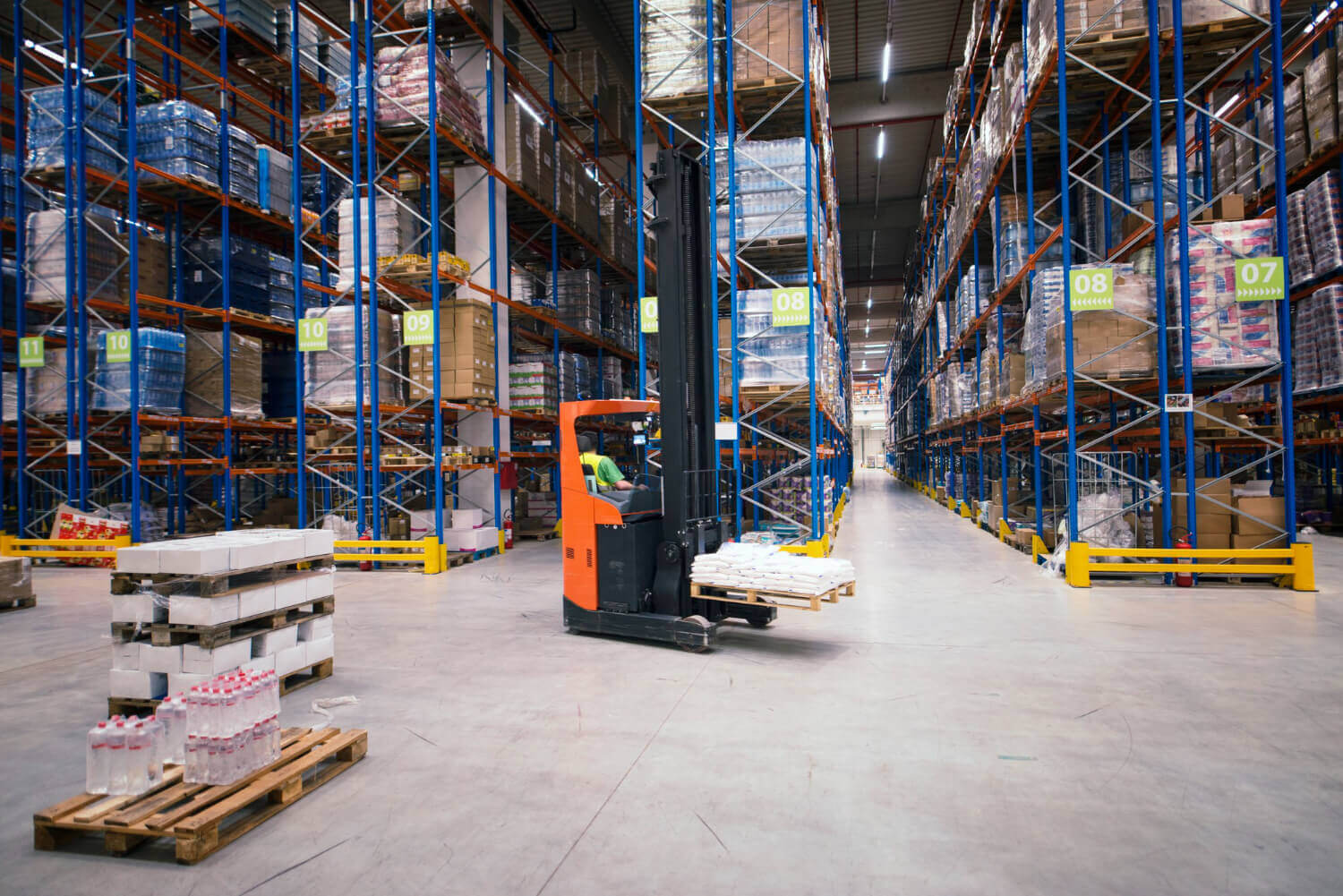External flows
External logistics flows can be divided into two types of flows:
- Supply flows (upflows), which refer to the movement of materials and consumables from the supplier to the warehouse.
- Distribution flows (descending flows), which concern finished and semi-finished products from the warehouse of one company to another. These flows are manifested through a chain of operations:
- Packaging
- Manipulación
- Transport
- Storage
El flujo de procesos logísticos se puede ejecutar de diversas formas dependiendo de las necesidades de la cadena de suministro en cada momento o fase del proceso.
Logistics process flow strategies
pull flow
The make-to-stock method consists of forecasting future orders based on past orders and the current market situation. Human and material resources are then mobilized to produce and store products pending demand.
- Advantage: Orders can be managed instantly.
- Disadvantage: risk of financial loss if there is no demand (overstock, production costs, etc.)

Manufacturing flow
The make-to-order method uses actual demand as the basis for production planning. As soon as the order is validated, the production process begins to meet the demand.
- Advantage: good resource management and elimination of storage costs.
- Disadvantage: longer delivery times.
Tight flow
The tense flow method (just-in-time) is based on the regular supply of raw materials in the initial phase and finished products in the final phase, in order to reduce stocks and work in progress to a minimum, always that is possible.
This technique makes it possible to get as close as possible to real demand, quickly supplying the points of sale that need it. For this, it is essential to have a perfectly optimized supply chain.
- Advantage: good resource management, very low storage costs.
- Disadvantage: additional costs related to the frequency of deliveries and non-optimized transport.
synchronous flow
Synchronous flow is a type of organization in which the supply of different materials and parts is carried out as the production process progresses. They are delivered at the time they are going to be used, thus avoiding storage costs. Like the “just-in-time” method, it requires a precise and calibrated logistics organization.
- Advantage: good resource management.
- Disadvantage: an unforeseen event (for example, a strike) can stop production and therefore subsequent deliveries.